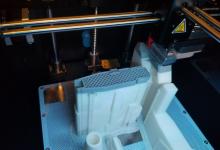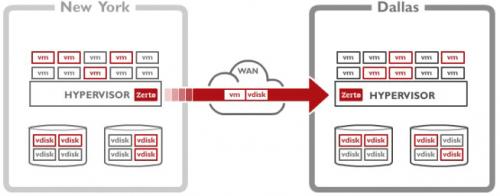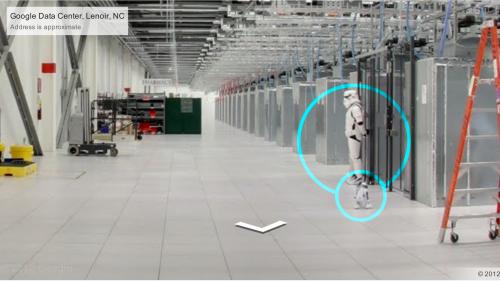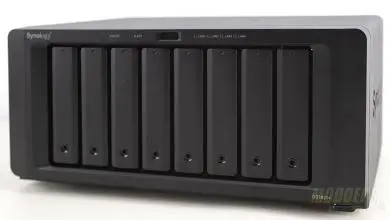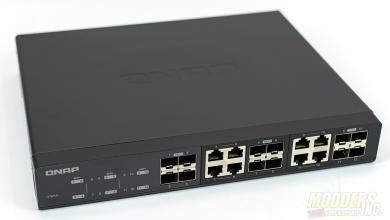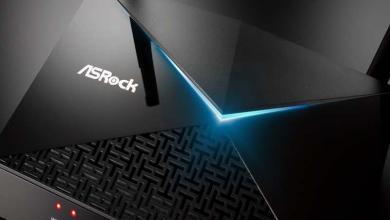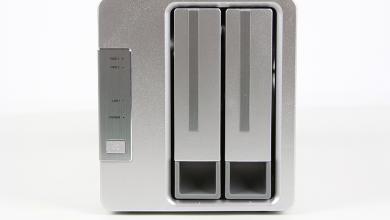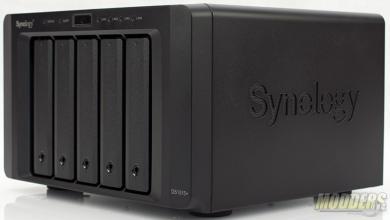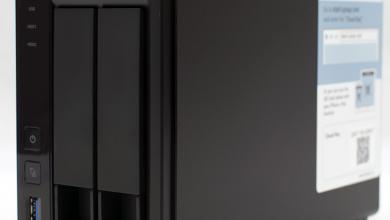IT Crowded: Did I Lose It?
 Hi, my name is Alex and I am addicted to hardware. I have been doing IT for a very long time and I am constantly running in to the newest technologies. What I am planning to do in the near future and further more is to come up with interesting blogs for you guys to read and maybe learn from. So what’s new in the IT world?
Hi, my name is Alex and I am addicted to hardware. I have been doing IT for a very long time and I am constantly running in to the newest technologies. What I am planning to do in the near future and further more is to come up with interesting blogs for you guys to read and maybe learn from. So what’s new in the IT world?
I don’t even know where to start. Every day I keep on crossing something new so today I would like to talk about disaster recovery in virtual machines. Back in the day when we had physical machines, the back up was usually a full snapshot of that particular machine and after the completion it was then stored on either on the hard drive or tape. Probably hard drive first then to tape. The backups took hours and sending data to tape (LTO) took insane amount of time. Why tape? Because of PCI compliance that says that data should be stored off site. I can go further in to this but maybe this discussion is for another day.
Restoring data was horrible as well. (Call iron mountain, have them bring tapes, mount tapes in your library, restore from tape, wait… wait….. wait….) OMG Hell!
Traditional backup is dead; It really is. Don’t believe me? Take Microsoft’s word for it.(link)
Everything has changed! Now we have one physical enclosure hosting hundreds virtual machines that we can run all at the same time. OK yeah, but what if your vm host dies? Do you have a solid backup? Do you have any backup of your vms? What about the business continuity? Some companies can’t be down more than few minutes.
There are a bunch of software/hardware companies which specialize in virtual machine backup and disaster recovery. Just off my head… Dell AppAssure, Veeam, Symantec, Zerto.
What do I recommend? Well it is all about what is your required RTO (Recovery Time Objective) for business continuity. 2 hours? 1 hour? 15 seconds?
One of the best solutions I have found looking around is Zerto (http://www.zerto.com). These guys are relatively new but they mean business. Zerto specializes in Disaster Recovery for Virtualized and Cloud Environments and from what I have seen, they are really good at it. Zerto uses hypervisor based replication instead of the volume/lun replication. The recovery time for most of the virtual machines protected is anywhere between 4 and 45 seconds. Wouldn’t it be cool to know that if one of your VMware hosts dies, you can bring up an copy of that vm which was on that host up in a matter of seconds? That’s what Zerto really does. As data is written in production, changes almost instantaneously replicate to your DR (Zerto environment). So spinning up a server is as easy as selecting a snapshot and powering a new vm on. Here is a very simple Zerto design diagram.
“Wow wait a minute. This guy doesn’t know what he is talking about. Why not just use HA (high availability) in VMware and be done with it?” That’s a very valid point however, HA only works on local networks and not WAN. When I asked well why the heck not? I was told that the VMware WAN lag is too much for HA. Zerto works on both LAN and WAN as it offers WAN compression/acceleration.
So if you are looking for a solution that would satisfy the need for fast disaster recover, take a look at Zerto. I promise you won’t be disappointed.
Some one asked me the other day. “Why isn’t VMware working on the High Availability that could be set up with a cloud service for example?” Actually they are! When I have asked a VMware guru, I was told that this is actually in design\implementation stages and that in the near future VMware would be offering extension of High Availability cluster to the vCloud (VMware cloud offering).
So until we can extend the High Availability to the cloud or even across the WAN, we should keep on looking at all possible options.
Got a solution that works for you? Want to share? Drop me an e mail or find me on IRC. (freenode.net ##Modders-Inc).
I am leaving you with an image from Google Data Center in Lenoir NC, which is apparently guarded by Stormtrooper and droid LOL.

